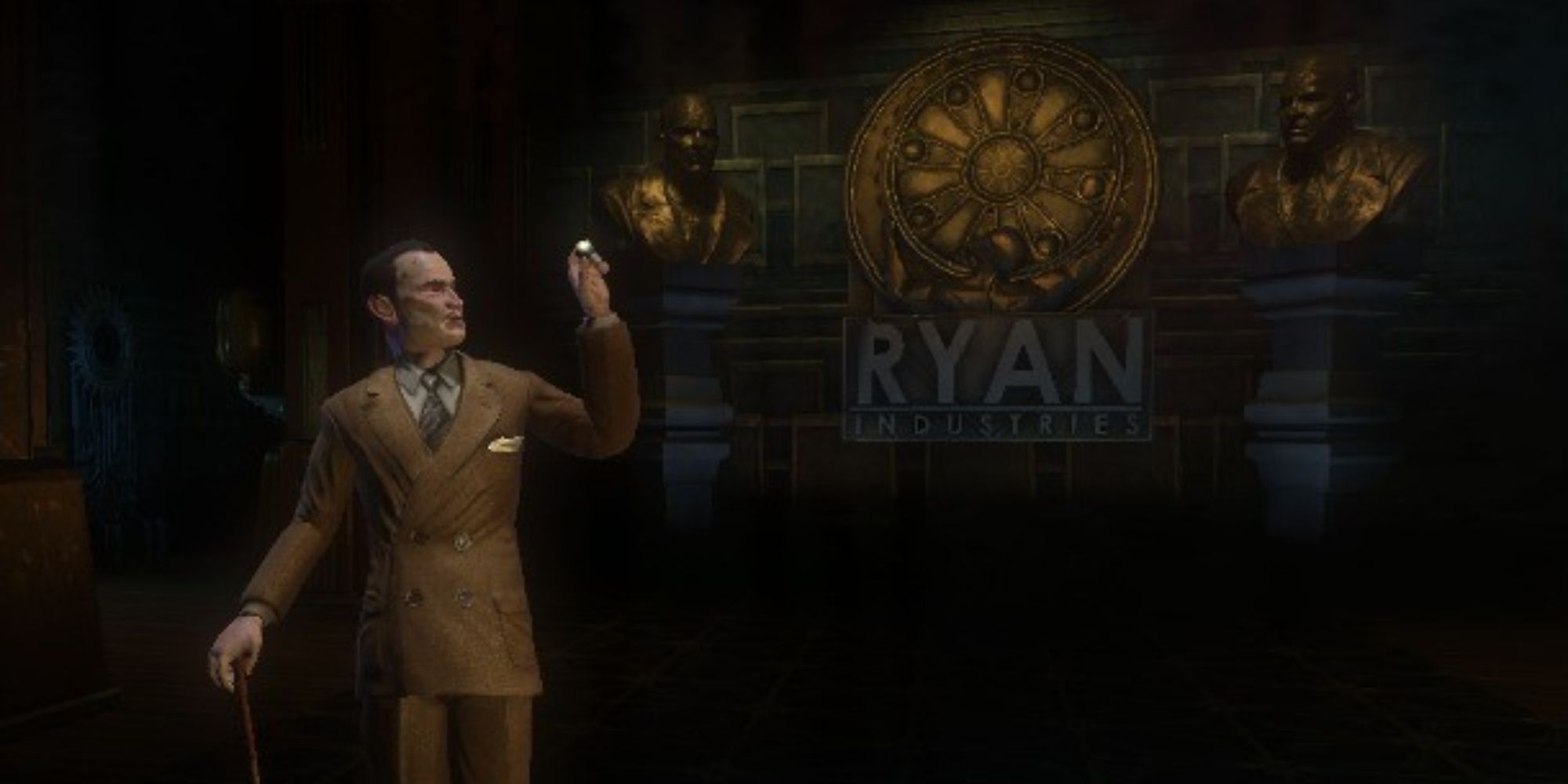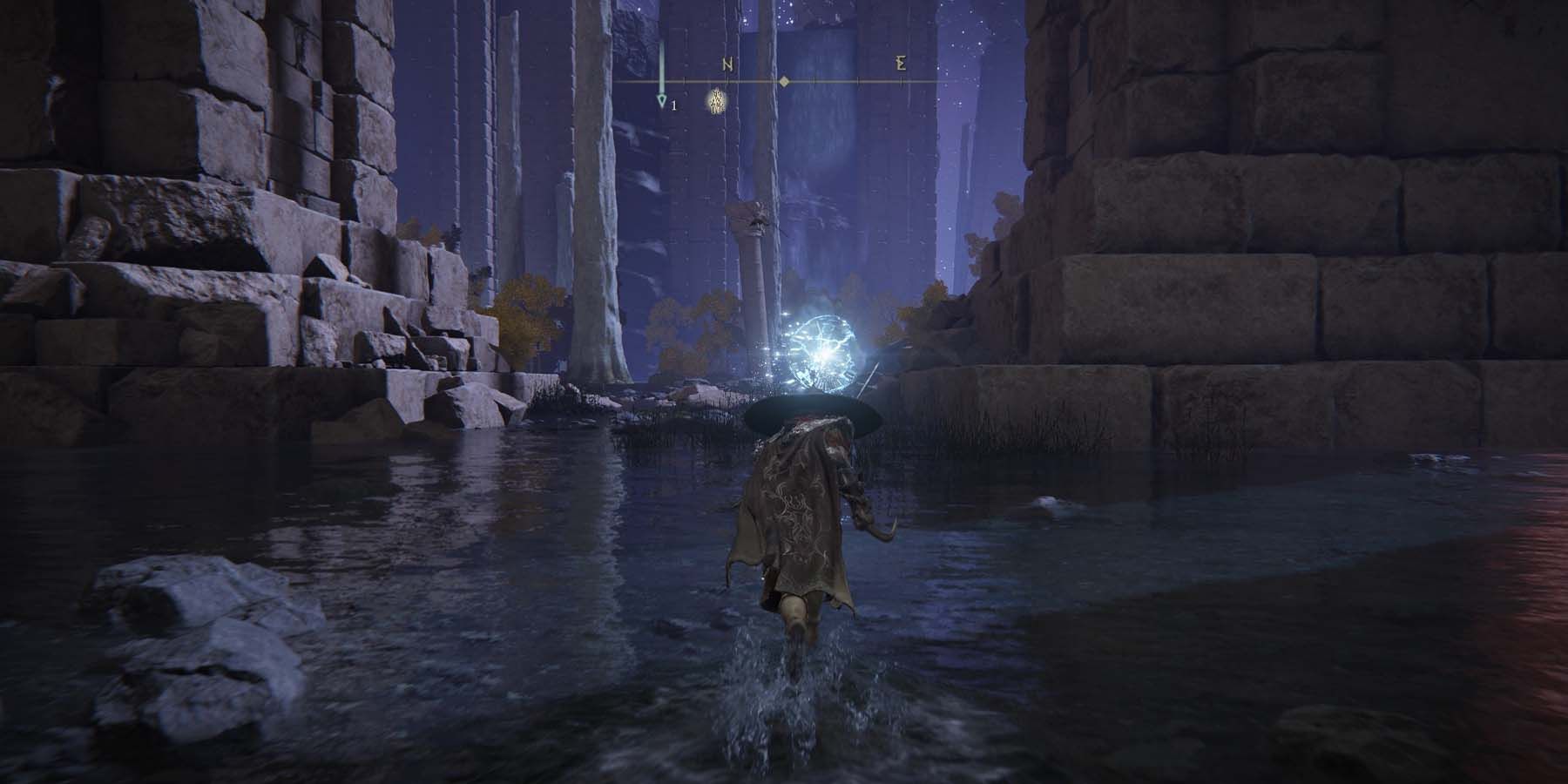The details around Cloud Chamber’s highly anticipated BioShock 4 remain a mystery, but its rumored shift to an open-world design poses a question as to how it will maintain the series' distinct atmosphere. FromSoftware faced a similar challenge in developing Elden Ring. The way it translated key characteristics such as boss bottles from Dark Souls games into an open world provides the perfect template for how to successfully keep all the core elements of a series special while taking full advantage of the opportunities an open world provides.
The original BioShock trilogy was created by Irrational Games, led by Ken Levine, as story-driven first-person shooters mixing gunplay with melee action and magic. However, their most defining characteristics are uniquely chilling settings. The first two games took place in the underwater city of Rapture, a place evoking 1940s grandeur with something sinister hiding beneath. Every area had character, making players uneasy as they explored their dark corridors. BioShock Infinite freshened up the series by replacing Rapture with Columbia, an elaborate and religious vision of a utopia in the sky. Replicating how compelling these settings are is imperative for a sequel to succeed.
What Makes BioShock's Atmosphere Unique
A perfect example of BioShock’s atmosphere comes early in the first game when the player has to walk down a corridor under the unsettling shadow of a weeping mother. Another equally important moment happens early in BioShock Infinite, as Booker DeWitt's first experience of Columbia as an idyllic haven is quickly shattered in one of the game's most controversial moments when religious and racial prejudices of the city are revealed. These bespoke experiences set player expectations of what's to come, and it's difficult to recreate this in an open environment where players could freely explore anywhere.
BioShock Infinite is the closest the series got to implementing open areas thanks to traversal via overhead rails and locations off the beaten path that offer rewards such as audio logs. It also presented additional story moments and character interaction in tucked-away cutscenes. For those who located these cutscenes, they provided valuable emotional weight to the main narrative. This idea could be expanded upon in BioShock 4, but it's important not to abandon what was originally the series' biggest strength. Rapture and Columbia have very different atmospheres to Elden Ring's The Lands Between, with the former leaning much more into a horror vibe. However, all utilize confined, focused locations to achieve their desired effects.
How Elden Ring Adopted Souls Games to an Open-World
Elden Ring is a perfect point of comparison, as Elden Ring is one of the highest-rated games of all time building off the developer's prior Soulslike atmospheres that thrive similar to BioShock. Each series utilizes distinct aesthetics, a fitting soundtrack that enhances the overall tone, and tight corridors to create tension. This part in particular is what Elden Ring got right, not losing that tension by adding more open space.
Open worlds rarely allow for tense scenarios, which is why most horror games stick to linear level design. Those that do offer open areas are at their scariest when they restrict the player's freedom into more claustrophobic environments, such as House Beneviento in Resident Evil Village. FromSoftware had to ensure combat remained as threatening as in previous Soulslikes, and did so by scattering indoor sections more akin to Dark Souls across the world. The enclosed locations remained core to gameplay, and the surrounding open world hid them in a more layered atmosphere. BioShock 4 can use this same structure to keep its level design intact.
How Elden Ring's Open-World Approach Enhances Story Telling
How players interact with an open-world is crucial. Elden Ring's world isn’t simply a tool to get from point A to point B, nor is it oversaturated with side-quests and collectibles. Instead, the danger of close-quarters fighting carries into the open, and exploration is incentivized. Each area has a distinct feel, but they all come together to produce a cohesive vision of the world that the player is inhabiting.
In much the same way as the deep lore of Elden Ring is developed using its full open-world, BioShock 4 can amplify its strengths the same way. By encouraging exploration like Elden Ring does, and rewarding the player with additional plot, Cloud Chamber can make an open world feel essential to creating a deeper, more compelling narrative than anything the series has produced.
A section of the BioShock fanbase will be concerned about the shift to an open world, as open-world games are sometimes criticized for being too bloated, detracting from the story rather than improving upon it. Many favor a more linear approach like Naughty Dog is famous for as a result. Cloud Chamber can avoid this outcome by following the approach laid out by Elden Ring, maintaining linear sections that feel familiar to the series and combining them with an open world that rewards exploration with a deeper understanding of the world. This will let BioShock 4 stay true to what fans of the series love and keep its unique atmosphere.
Bioshock 4 is in development.




